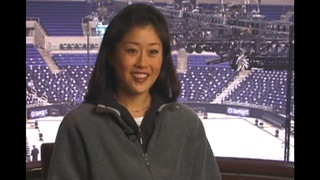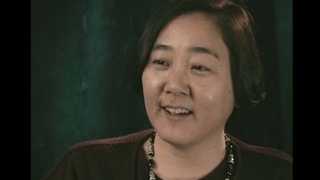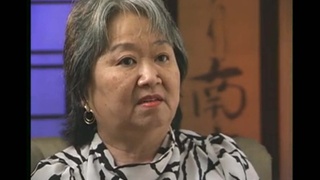Interviews
Refusing to use a Chinese name to identify as Asian American
I had hoped for one, that’s what I really wanted. And I think among those artists that I mentioned I have great respect for, were peers and colleagues and I feel great kinship with them because we all kind of struggled through the same things. At the same time I had to, being Hapa, I had to establish myself as Asian American, which is something I didn’t think I would have to do. When I was in school I was a member of APSA, and you know, and I would do these kinds of Asian American things, and I would go to obon festivals, and living in Hawai`i I’d do these things, and traveling in Japan and traveling in China felt, you know, I had a great feeling for being Asian American.
But I remember when I sent my first film out, I sent it and it got into a couple of festivals and one major Asian American film festival rejected it. And I talked to a guy who worked for this organization and he said, “You know what, Kip, if you really want to get in, you ought to start using a Chinese name. Because you know—I’m not saying this is why you didn’t get in, but we look at this name—‘Kip Fulbeck’—and it’s pretty WASP-y.” And so he said, “Maybe you should just use your mom’s middle name, your mom’s last name as your middle name.”
And I know a lot of my colleagues have done that, and a lot of writers and actors and newscasters do that, but I just felt—that kind of put a chip on my shoulder and I didn’t do it because of that. Since now I’ve sort of established myself as an artist with at least some kind of credibility, it’s nice that I don’t have to do that anymore.
Date: May 3, 2006
Location: California, US
Interviewer: Jim Bower
Contributed by: Watase Media Arts Center, Japanese American National Museum.
Explore More Videos


Sudden acceptance in Japanese society
(b. 1967) Hawai`i-born professional fighter in Japan

Ring name: "Yamato Damashi"
(b. 1967) Hawai`i-born professional fighter in Japan


Citizenship and identity
(b. 1967) Hawai`i-born professional fighter in Japan

Importance of self-representation in legislation
(1927-2010) Political Activist

Defining the term Nikkei
(1923-2011) Lawyer, MIS veteran, founder of Francis and Sarah Sogi Foundation


Support from the Japanese American community
(b.1971) Professional figure skater and Olympic gold medalist.

Heightened awareness of identity as a Japanese American
(b. 1955) Lawyer

Reasons for conformity and competitiveness in Gardena, California
(b. 1946) Lawyer




